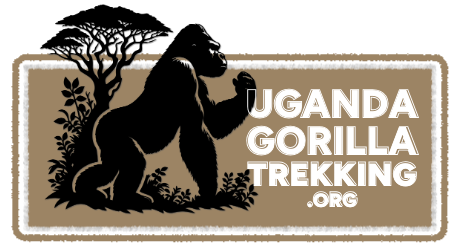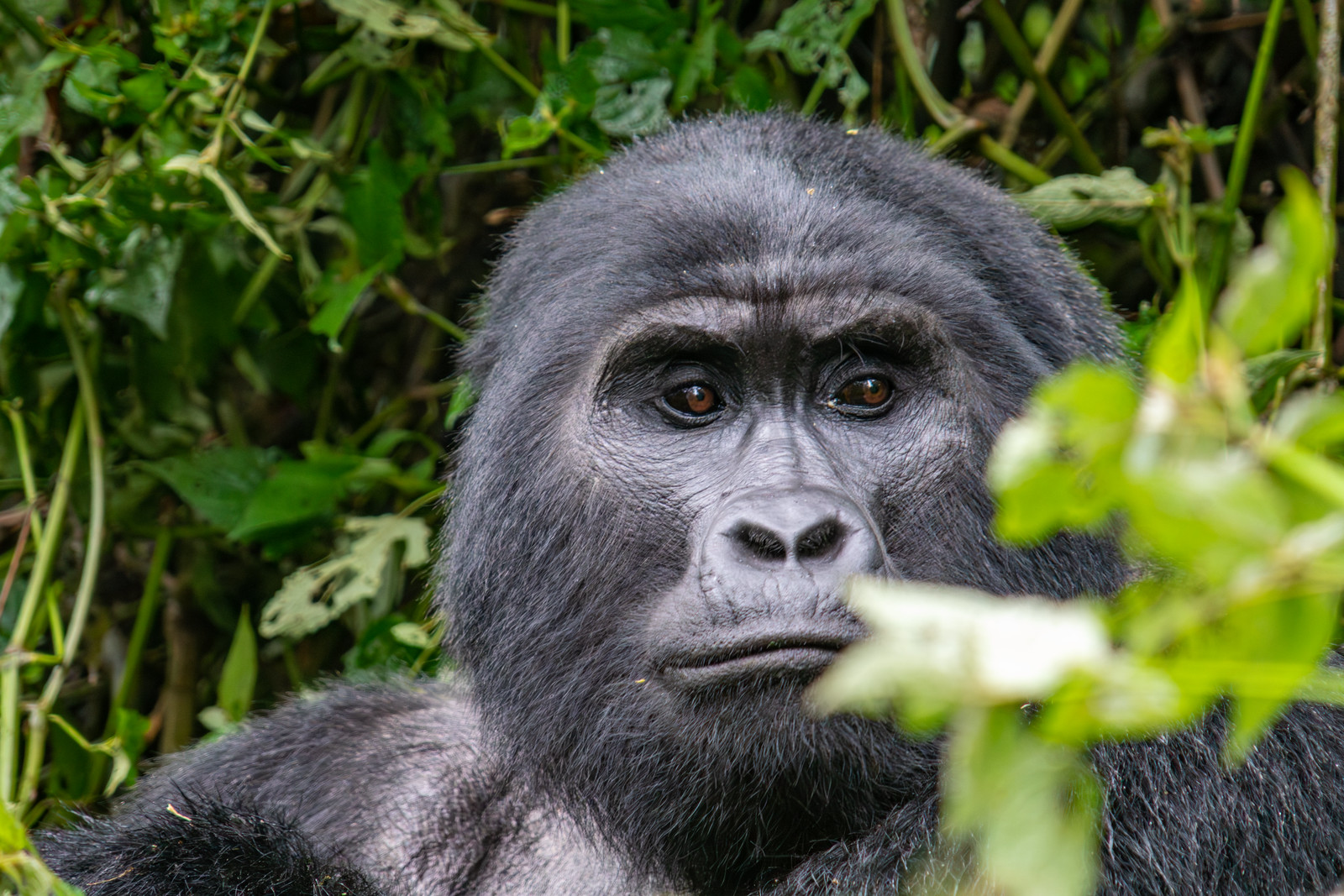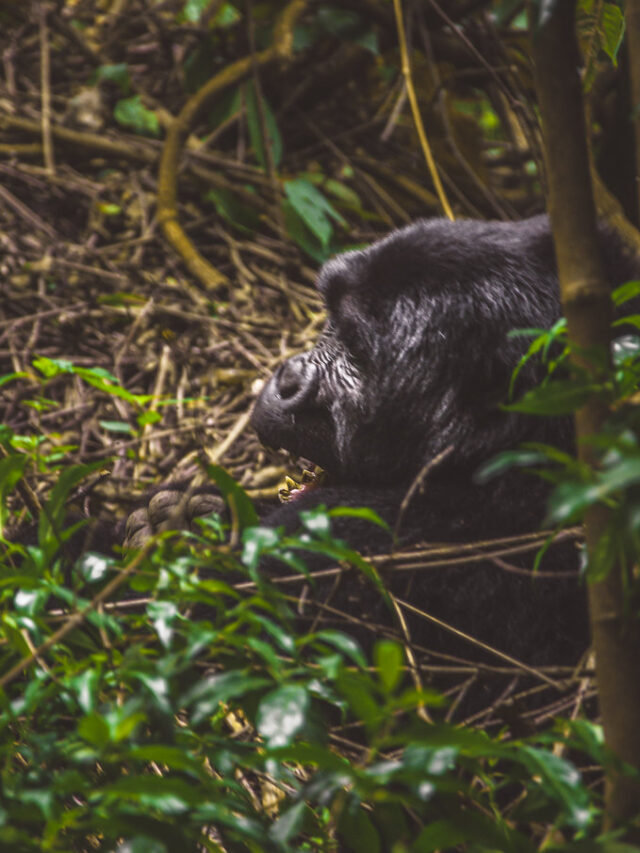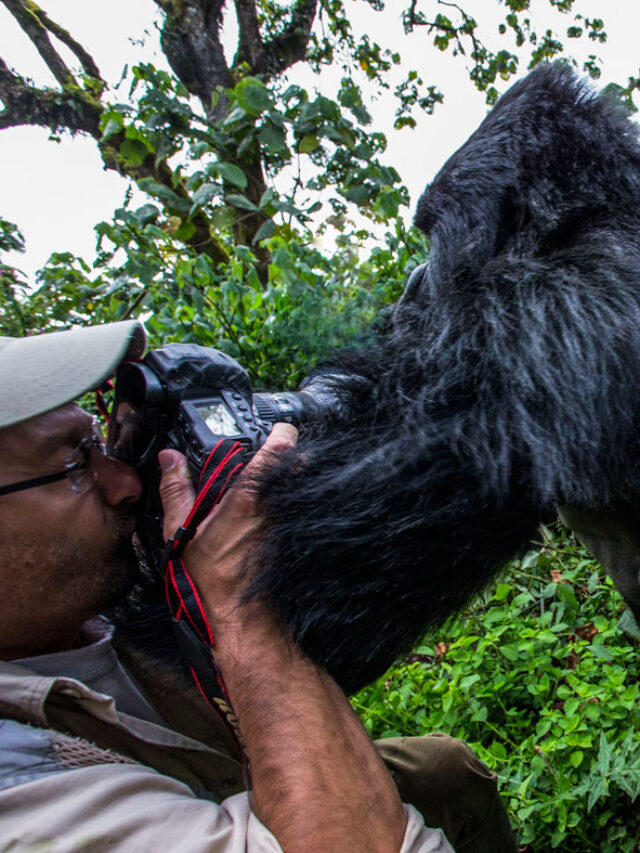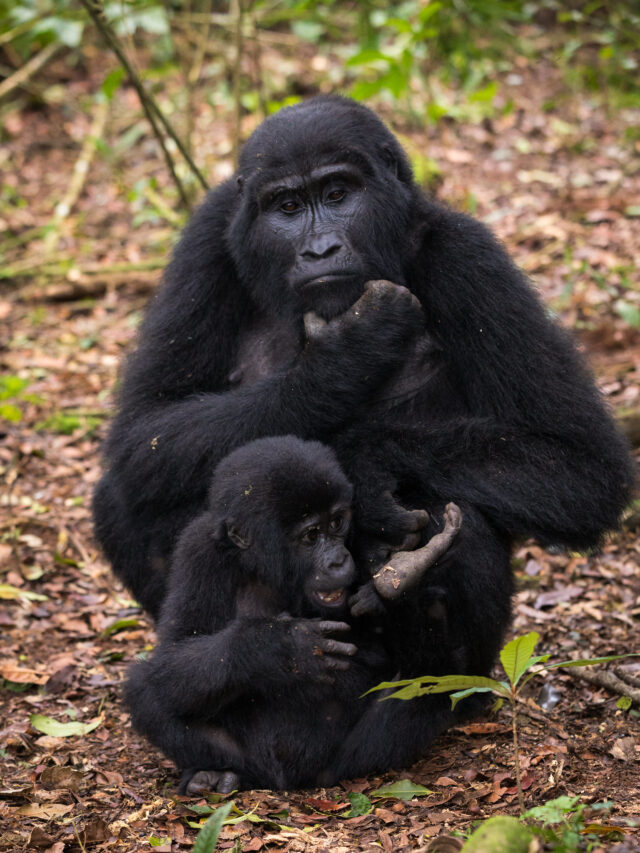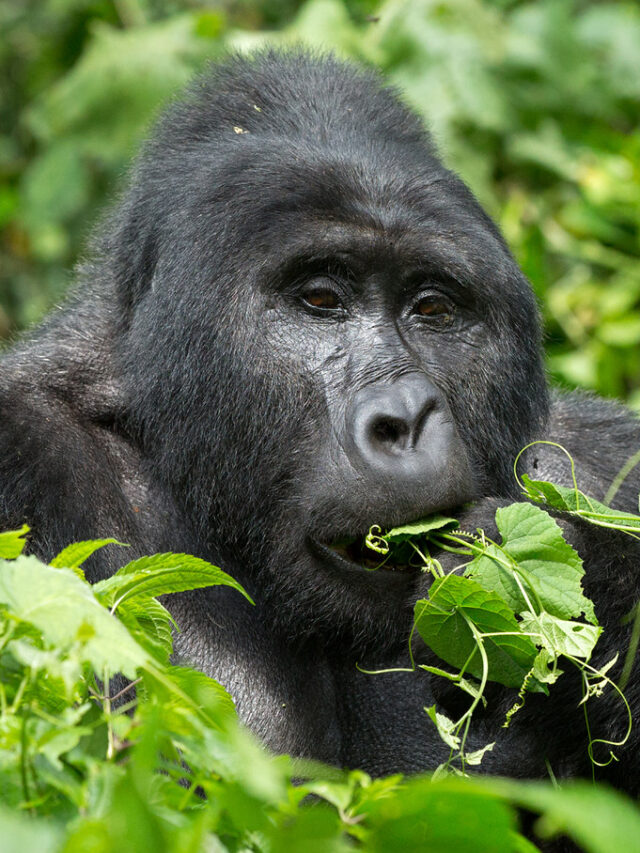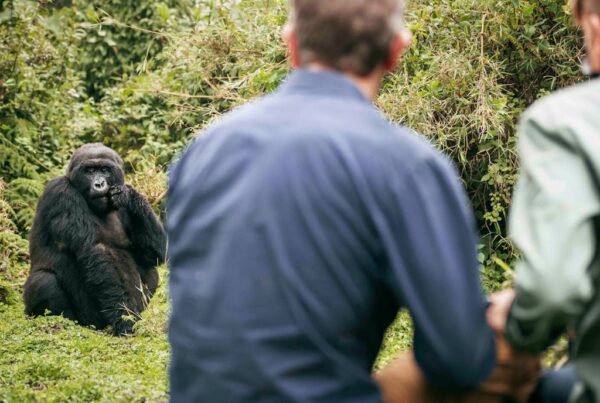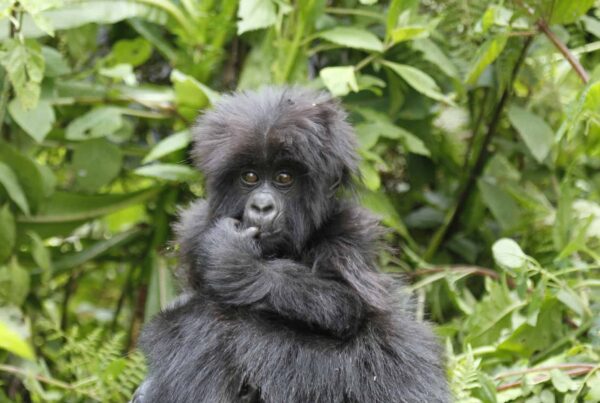Primate Trekking Guide in Uganda and Rwanda
Primate trekking is one of the most remarkable wildlife experiences in East Africa, giving travelers the opportunity to step into lush rainforests and come face-to-face with species that share over 95% of our DNA. Uganda and Rwanda are the two most sought-after destinations for primate trekking, not only because of their iconic mountain gorillas but also due to the diversity of primates that thrive within their national parks. Whether you are drawn by the powerful presence of silverback gorillas or the playful energy of chimpanzees, a primate trekking adventure in these countries is guaranteed to leave lasting memories.
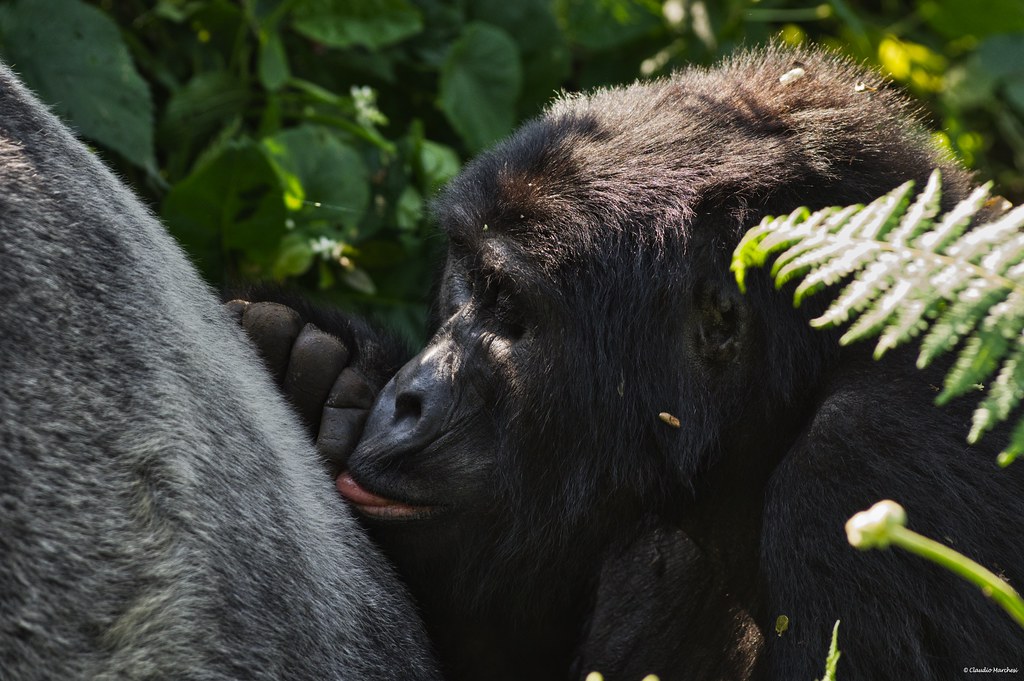
Uganda Primate Trekking
Uganda has earned the title “The Primate Capital of the World” for good reason. It is home to more than 20 primate species, with the most famous being mountain gorillas and chimpanzees. The country’s unique landscape, made up of ancient rainforests, mist-covered mountains, and savannah fringes, creates the perfect environment for primates to thrive. Gorilla trekking is centered in Bwindi Impenetrable National Park and Mgahinga Gorilla National Park, both of which shelter endangered mountain gorillas. Permits in Uganda currently cost $800 per person, which is more affordable compared to Rwanda’s $1,500, making it a prime choice for travelers who want both quality and value.
Beyond gorillas, chimpanzee trekking is a highlight in Kibale Forest National Park, often called the world’s premier chimpanzee destination thanks to its high population density. Other sites like Budongo Forest in Murchison Falls National Park and Kyambura Gorge in Queen Elizabeth National Park also provide incredible chimpanzee encounters, often combined with game drives. Uganda also protects smaller but fascinating species such as golden monkeys in Mgahinga, black-and-white colobus monkeys, and the striking red-tailed monkeys.
For visitors, Uganda’s primate treks are about more than wildlife sightings; they involve navigating dense trails, listening to the forest come alive with bird calls and rustling leaves, and finally, the heart-stopping moment when you meet the primates up close. Uganda also offers the unique Gorilla Habituation Experience, where trekkers spend up to four hours with a semi-habituated gorilla group—an extraordinary opportunity not available elsewhere.
Rwanda Primate Trekking
Rwanda, famously known as the “Land of a Thousand Hills,” has positioned itself as a premier luxury primate trekking destination. The country’s Volcanoes National Park is home to several mountain gorilla families that can be visited daily with a permit. The $1,500 fee is higher than Uganda, but Rwanda has successfully marketed this as a conservation-driven premium, ensuring a smaller number of trekkers and top-tier experiences. The treks here are often shorter and less strenuous than those in Uganda, making them more accessible for travelers who may not want the physical intensity of Bwindi’s steep trails.
Rwanda is also a remarkable destination for chimpanzee trekking, which takes place in Nyungwe Forest National Park, one of Africa’s oldest montane rainforests. This vast forest is a paradise for primates, harboring 13 species including chimpanzees, L’Hoest’s monkeys, and large troops of colobus monkeys that sometimes number in the hundreds. Nyungwe also features a canopy walkway—the only one of its kind in East Africa—that allows trekkers to view the forest and its wildlife from a breathtaking perspective. Additionally, the newly gazetted Gishwati-Mukura National Park offers intimate encounters with chimpanzees in a much smaller, less visited forest, creating a quieter alternative to Nyungwe.
Rwanda’s primate trekking is complemented by world-class infrastructure, luxury lodges with dramatic mountain views, and well-organized tourism systems that make logistics seamless. It is ideal for travelers seeking a polished, high-end experience with primates while still being deeply immersed in conservation stories.
Comparing Uganda and Rwanda
Choosing between Uganda and Rwanda for primate trekking often depends on what kind of experience a traveler seeks. Uganda is best suited for adventurers who want a wider range of primate encounters, from gorillas to chimpanzees, combined with affordable permits and the chance to explore diverse landscapes. It also works perfectly for those who want to extend their journey to include traditional safaris in parks like Queen Elizabeth or Murchison Falls. Rwanda, on the other hand, shines for its ease of access, luxury lodges, and shorter trek durations, making it attractive for high-end travelers or those short on time. Both countries, however, guarantee unforgettable encounters with primates, underscored by the commitment to conservation and community support.

Travel Tips for Primate Trekking
When planning your primate trek, it is important to book permits months in advance, as they are limited and in high demand. Both Uganda and Rwanda require trekkers to be at least 15 years old for gorilla trekking and in good physical condition for navigating forest terrain. Carrying proper gear such as hiking boots, waterproof clothing, gloves, and insect repellent will make your trek far more comfortable. It is also recommended to spend more than one day in the region, not only to maximize your chances of seeing primates but also to enjoy the surrounding cultural experiences and landscapes.
Ultimately, primate trekking in Uganda and Rwanda is more than an adventure—it is a journey into some of the last strongholds of humanity’s closest relatives. Each trek is a reminder of the delicate balance between conservation, community, and tourism, leaving travelers with not only memories but also a renewed appreciation for the natural world.
